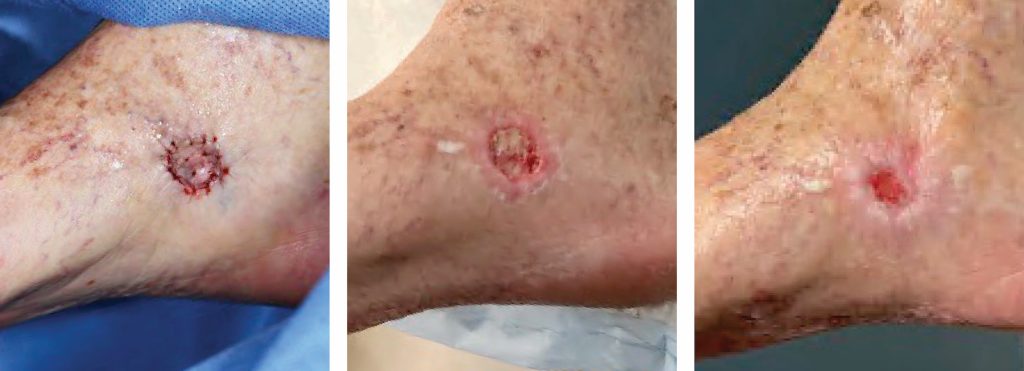Chronic Open Wound Management with Wound Vac
Chronic open wounds present a lifestyle challenge for patients. In particular, lower leg wounds can take months to fully heal and may require wound care to prevent infection and maintain a healthy, healing wound.

A wound vac or “vacuum-assisted closure of wound” can expedite healing. A wound vac decreases the air pressure on the wound which facilitates healing. It removes fluid from the wound, gently debrides the wound, and prevents a scab from forming. The wound heals from the edges with healthy epithelialization. The wound vac also helps increase blood flow to the wound which further encourages epithelial cell migration into the wound. The vacuum effect further decreases swelling, bacterial growth, and discomfort.

There are several components to a wound vac. There is a foam dressing directly over the wound, a drainage tube attached via an adhesive film cover, and a portable vacuum pump. The portable vacuum pump must travel with the patient, but is available in a small, convenient size. The vac is changed 2-3 times a week, with no wound care in between, making it a low maintenance option for patients.
At SCARS Center, wound vacs have been a game-changer for difficult lower leg wounds. Wounds that may have taken 4-6 months to fully heal, are healed in 4-6 weeks with consistent wound vac application.
